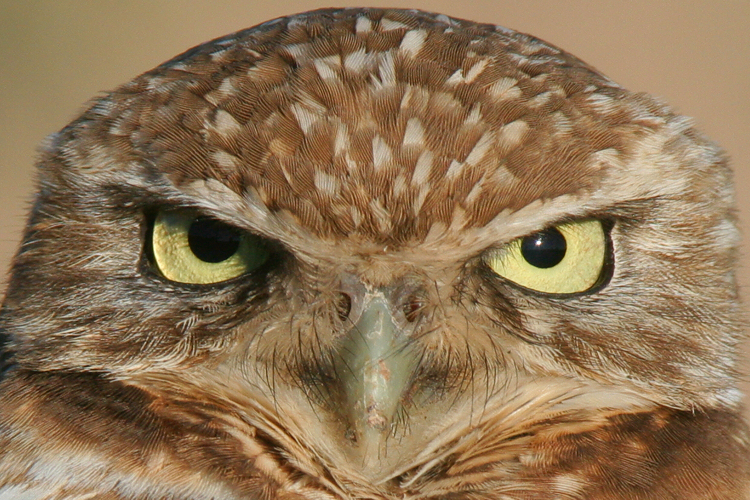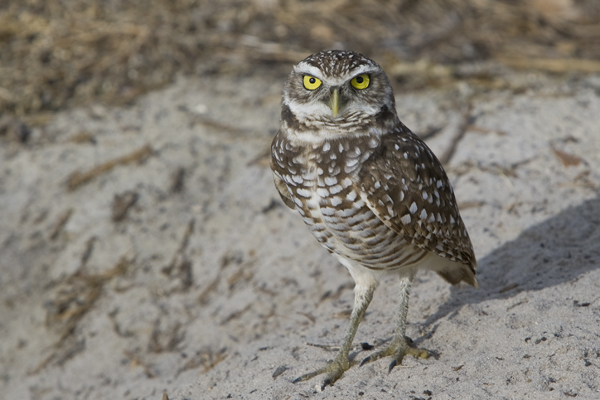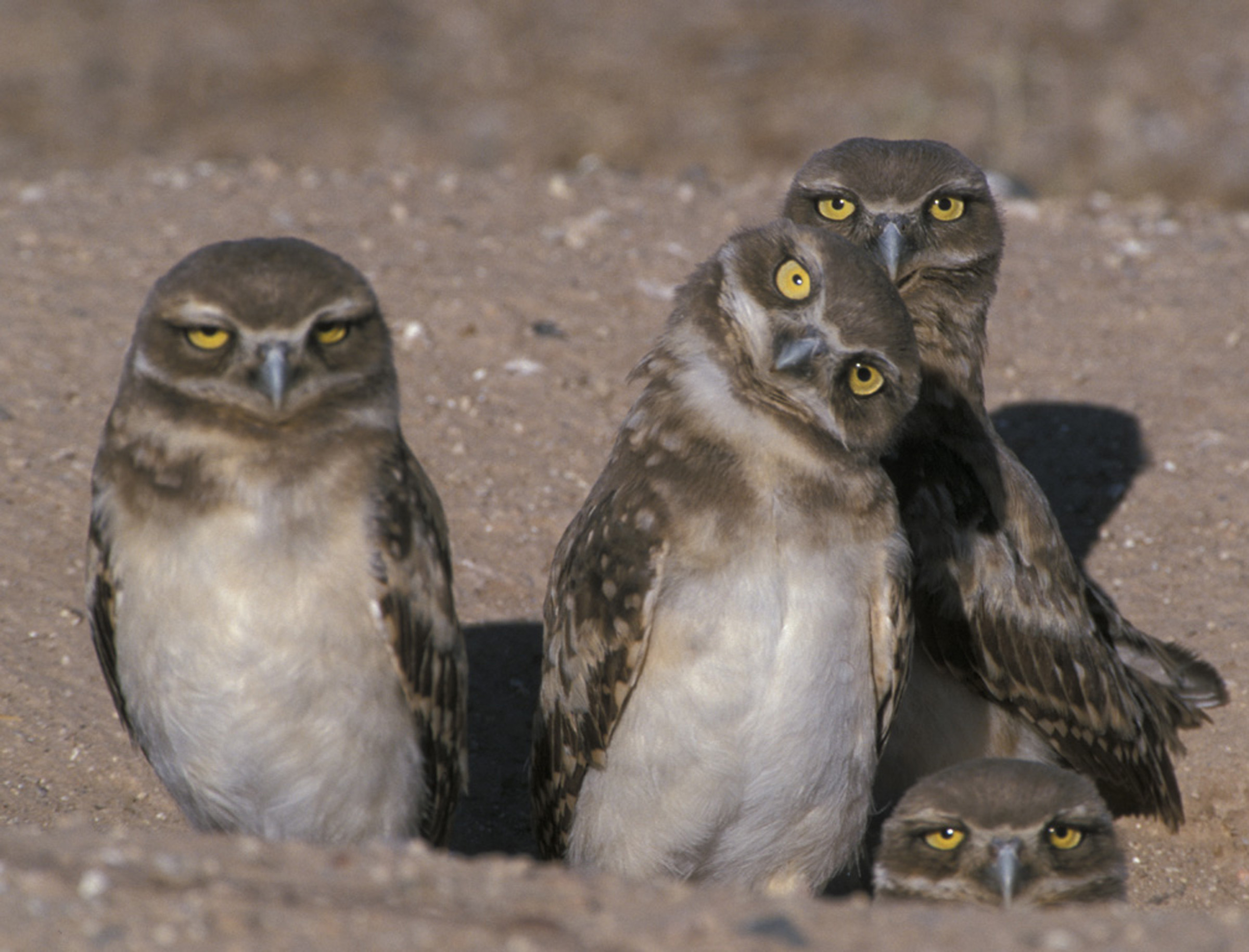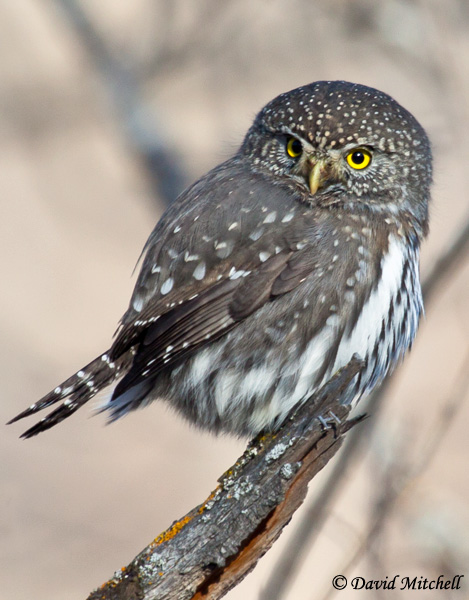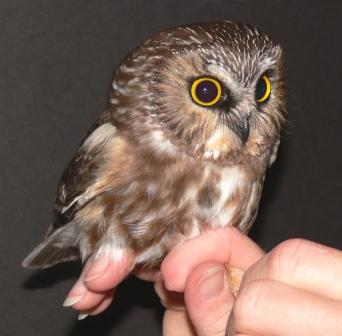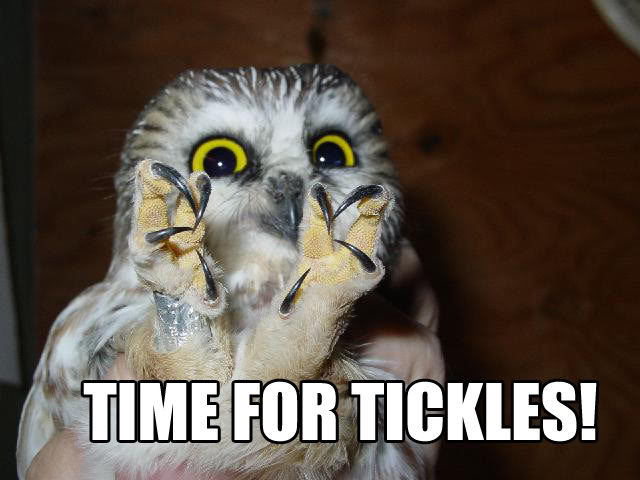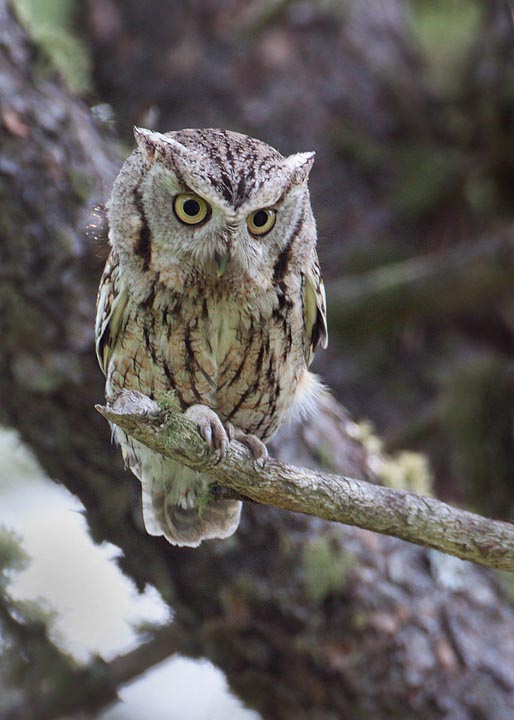Good evening everyone! It's been awhile since I've let you know what's going on at the RMRP, so I figure it's a good time for an update. In a sentence, the overall situation can be described as "a welcome decrease in case load, with many ongoing, interesting and hopeful cases, and a whole slew of other activities."
 |
| Northern Pygmy Owl - released!! |
Let's start with case load: to date the Humans have admitted 257 birds for the year. By comparison, last year they only admitted 242 birds. A couple of weeks ago there were 35 active cases in house, and now the number is down to the mid-twenties. Happily, almost all of that decrease can be chalked up to successful releases! A quick summary of some of the birds to leave the RMRP in the past couple weeks:
-An immature Northern Goshawk (shoulder trauma)
-An American Kestrel (unknown trauma)
-A Red-Tailed Hawk with high-voltage trauma (from a power line)
-An American Kestrel (head trauma and fractured corocoid)
-An American Kestrel (hit by a car but without major injuries)
-The Northern Pygmy Owl (bit by car)
-The Boreal Owl (hit by car)
-Two Saw-Whet Owls (window strike and hit by car)
-Two Red-Tailed Hawks (hit by car and flew into truck cab)
 |
| Immature Northern Goshawk with quail lunch - released!! |
I'm sure there are more, but those are the ones I can think of off the top of my head. Of course, to make up for the exodus, the Humans have been admitting birds, as well. Fortunately, the admit-blitz of three weeks ago (admitted eight birds in one week) was followed by a much milder week of only four admits, then just two last week. In fact, the Critical Care unit is nearly empty at the moment, a first for the year (and a welcome change of pace).
Some interesting species in-house right now, including two Merlins, the small falcons from the north. One is a small male, and the other a larger female. They're both in small flight cages so the Humans can assess their flight. Falcons are like high-performance athletes, and
perfect flight is the only option for them to survive in the wild. Prognosis is guarded on these two at the moment, but the Humans are optimistic.
 |
| Merlin - active case |
There has also been an influx of American Kestrels getting into odd situations. For example, one male bird came in covered in sticky goo after running rampant inside an icky warehouse for awhile. It took some time to de-gunk all his feathers and give him time for a wing injury to heal, but he's making nice progress now. Another Kestrel, a female, came in with her feet encased in hardened spray-foam, the kind used in house insulation. The kind people who brought her in have no idea where she got into the stuff as they hadn't been using any on their property. A mystery, but one with a happy ending as she is doing well with her feet freed.
 |
| American Kestrel with feet freed from insulation |
In non-active-case news, the Humans and Educational Ambassadors like me have been busy raising money, presenting educational exhibits and programs, and preparing for events. We've been making a fun circuit of the public libraries all year long, with a different theme education program each month. The last one for the year didn't include me, but it sounded great: the topic was winter residents, and the three Educational Ambassadors who attended were the Merlin, the Rough-Legged Hawk, and the Ferruginous Hawk! Check the RMRP's calendar in January for next year's schedule (the programs are free and very entertaining and educational).
 |
| Boreal Owl - released!! |
If any of you are friends of the RMRP on Facebook, you'll have noticed the fundraising campaign we were advertising this last week. The fundraiser was hosted by Colorado Gives, a campaign to increase charitable giving in Colorado (did you know that Colorado is in the top-ten richest states, but in the bottom-five in terms of charitable giving?). The Colorado Gives project takes one day a year to campaign fiercely to help local non-profits raise money. This year the RMRP earned $13,000!! Huge thanks to everyone who helped out with that, either by donating or by asking your friends to support us. However, that's not the last fundraising campaign of the year for us, as we're considerably behind in donations compared to last year, and taking care of more injured raptors than last year. In order to get 2013 going, the Humans will be needing more money to feed and care for us birds--details to come!
 |
| Volunteer Appreciation Party! |
Oh yeah, the Humans had a party last week to celebrate the work all the volunteers did throughout the year. I wasn't invited, but I'm not partial to salads and peach cobbler anyways. At any rate, the Staff Humans recognized volunteers who contributed the most hours, attended the most shifts, went on the most bird rescues, attended the most programs and exhibits, and more. So far this year volunteers have contributed 28,000 hours of work!! When I say this program wouldn't be here without the volunteers,
I mean it. They are essential and highly valued (not to mention it's fun to scare the pants off the brand new ones with a well-timed flight across the cage).
Now they're all busy preparing for the big shindig this coming Sunday. It's our annual winter Open House, and there's a whole list of reasons you should attend:
 |
| Educational Long-Eared Owl |
- A behind-the-scenes look at our hospital facility, which is generally closed to the public
- Knowledgeable staff and volunteers on hand to answer all your questions
- Interesting educational posters and displays to explain what we do and why it's so important
- Numerous Educational Ambassadors on display, including some of our newer and shier birds that you may have never seen before!
- Snacks and hot drinks!
- Access to the amazing gift shop, which is well stocked for your holiday shopping (jewelry, books, stuffed animals, clothing, bookmarks, postcards, stationary, calendars, adopt-a-raptor, and more!)
The Open House will be held at our main facility on Vine Drive from 11:00-3:00 on Sunday December 9th.
Visit here for directions. Hope to see you there!
Whew, that was quite the update. I think I'll sign off for now. Be sure to check back tomorrow as I will be writing about Burrowing Owls!
